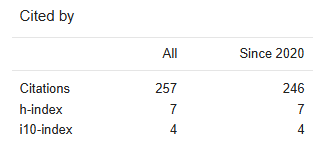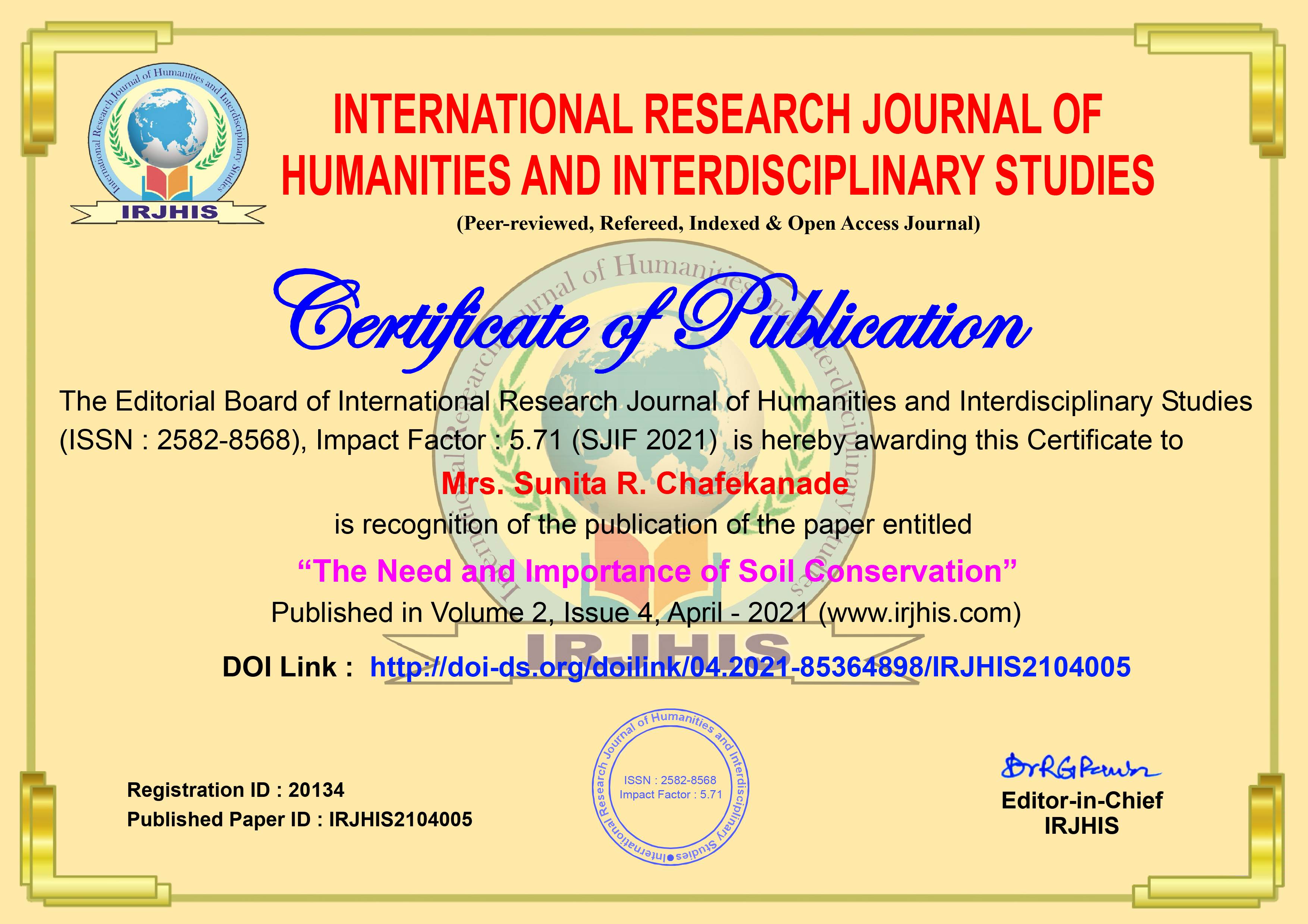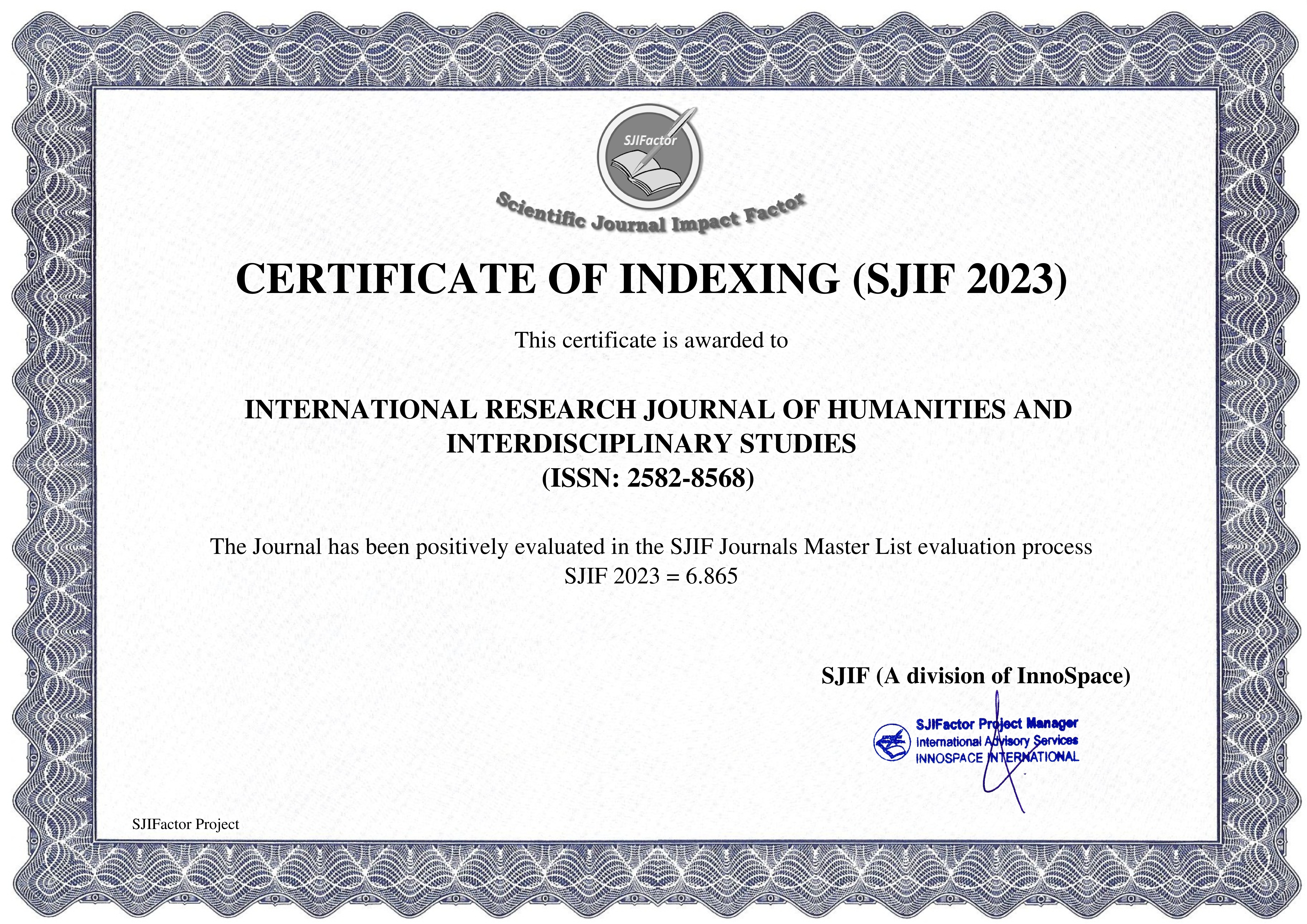Paper Details


Call For Papers
Volume 06, Issue 11
Frequency: 12 Issue per year
Paper Submission: Throughout the Month
Acceptance Notification: Within 2 days
Areas Covered: Multidisciplinary
Accepted Language: Multiple Languages
Journal Type: Online (e-Journal)
Announcement

Publish books with ISBN Number
- Edited Book
- Text Book
- Ph.D Thesis
- Conference Proceedings
ISSN Number:
2582-8568
Journal DOI No:
03.2021-11278686
Title:
"Clinical Evaluation of Kulattha Kwath Yukta Kanji Nadi Sweda in the Management of Katishool (Acute Low Back Pain): A Single-Arm Study"
Authors:
Cite this Article:
,
"Clinical Evaluation of Kulattha Kwath Yukta Kanji Nadi Sweda in the Management of Katishool (Acute Low Back Pain): A Single-Arm Study", International Research Journal of Humanities and Interdisciplinary Studies (www.irjhis.com), ISSN : 2582-8568, Volume: 6, Issue: 2, Year: February 2025, Page No : 64-77,
Available at : http://irjhis.com/paper/IRJHIS2502006.pdf
Abstract:
Katishool (low back pain) is a prevalent global health issue and a leading cause of disability, affecting individuals of all ages and impacting work performance and overall well-being. It is classified under Vatajananatmajavikara in Ayurveda and is recognized as both a symptom and a disease. Katishool involves pain in the Kati Pradesha due to Shuddha Vata, Sama Vata, and Kapha, leading to pain during movement, stiffness, and reduced functionality. Lumbar spondylosis is a degenerative condition affecting the intervertebral discs and lumbar spine. According to research by Nuki G. et al. (1999), disc degeneration begins in the third decade of life, indicating that structural changes in the spine may start as early as the twenties. Over time, intervertebral discs lose hydration and elasticity, resulting in reduced disc height, small tears, or cracks in the outer layer. These changes can cause disc bulging or herniation, leading to nerve compression and associated pain. Additionally, osteophyte (bone spur) formation further contributes to spinal stiffness and discomfort, collectively leading to lumbar spondylosis. Conventional treatments involve the use of steroids and NSAIDs, which may have adverse effects on the liver and kidneys. In contrast, Swedana, an Ayurvedic therapy that induces sweating, utilizes heat to alleviate muscle stiffness and spasms. Its Tikshna property helps eliminate impurities, making it an effective alternative for pain relief without harmful systemic effects.
Keywords:
Katishool, Lumbar spondylosis, low back pain, Swedana, Kulattha, Kanji
Publication Details:
Published Paper ID: IRJHIS2502006
Registration ID: 21720
Published In: Volume: 6, Issue: 2, Year: February 2025
Page No: 64-77
ISSN Number: 2582-8568
Download Full Paper: Click Here
Article Preview:





